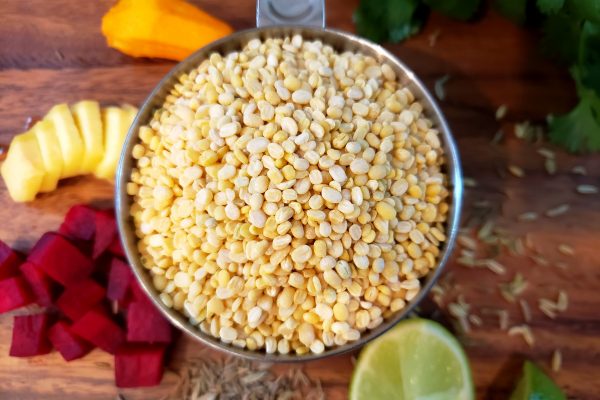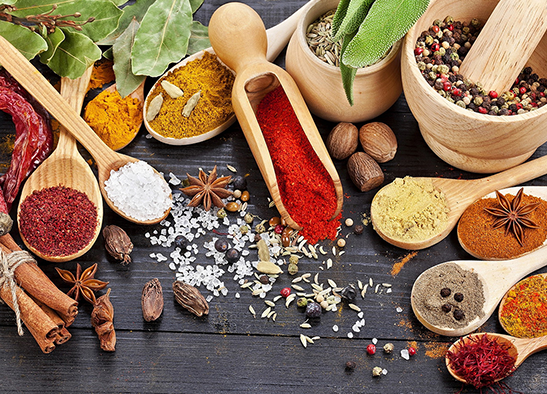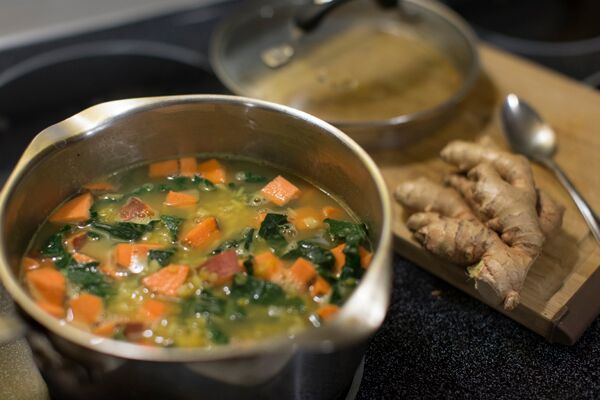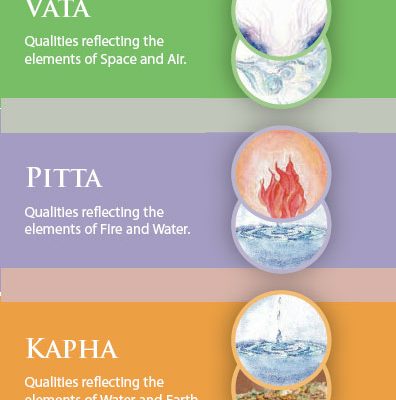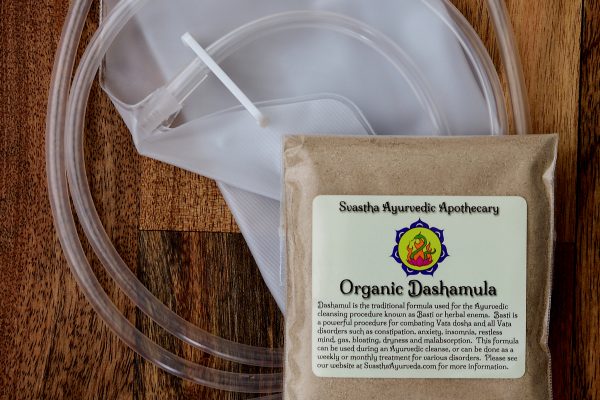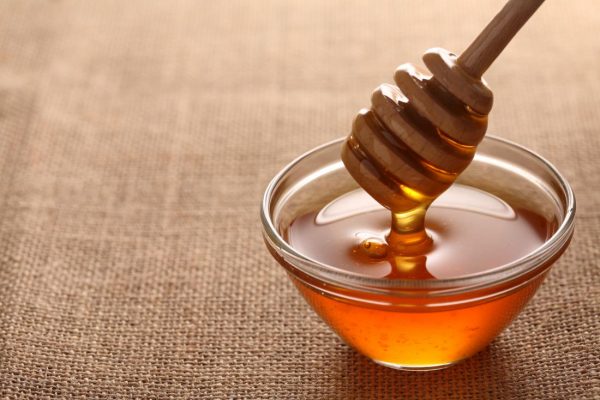In Ayurvedic medicine, it is well known that your diet has the power to bring you to a state of perfect health (Svastha) or alternatively, discomfort and dis-ease. Eating for... read more →
Although it can be helpful to know your dosha-type and consequently follow a dosha-appropriate diet, this is not always a surefire way to find balance. In fact, more often than... read more →
Although Ayurveda can get a bit complicated at times, I always feel that it is best to keep things simple and stick to the basics. If you avoid getting lost... read more →
The Kitchari cleanse is a very mild variation of the traditional “Pancha Karma” cleanse and can be safely performed at home with minimal guidance. This particular cleanse is suitable for... read more →
Ayurveda is an age-old science based on traditional holistic medicine from India. With more individuals seeking out natural treatment options, Ayurveda is slowly making its way into our mainstream society... read more →
If you are familiar with Ayurveda you may have heard of the term Basti. Basti’s literal translation is “bladder”; however, the Basti therapy referred to in Ayurveda denotes the application... read more →
Ojas is the biological energy that represents the subtlest form of Kapha dosha and the water element of the body. This vital essence plays a direct role in our energy,... read more →
In Ayurveda, Dinacharya or the daily routine is an imperative part of any and all healthcare protocols. Having a consistent routine creates regularity in the body and in the mind. ... read more →
As you go through life in search of better health and wellbeing, it is easy to become solely focused on the state of your physical body. Although there is no doubt... read more →
Honey is considered amrita or healing nectar in the eyes of Ayurveda. With its long list of health benefits and unparalleled healing potential, honey has been used as both food... read more →


